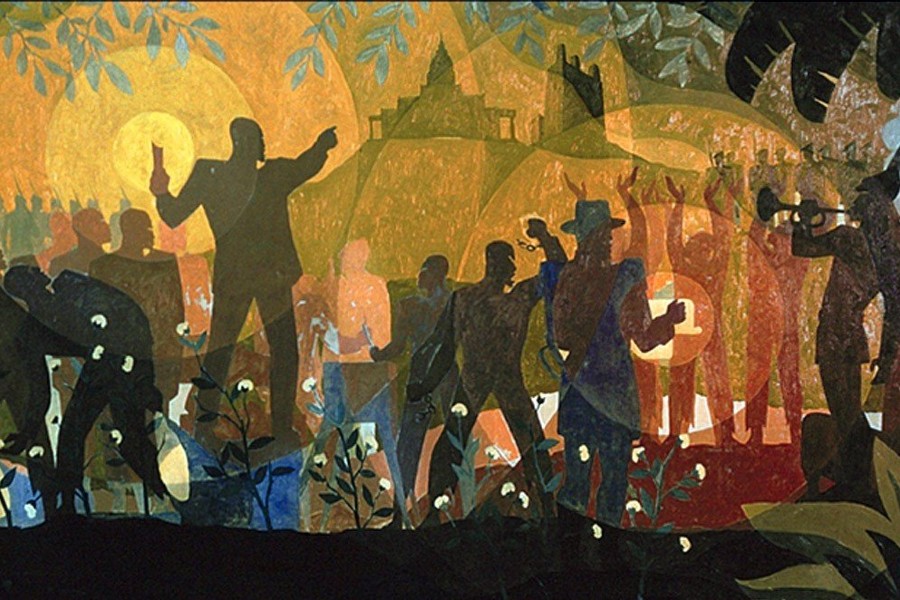
Old Master’s paintings represent a magnificent and enduring chapter in the history of art.
These works, created between the 13th and 17th centuries, are a testament to the skill, creativity, and innovation of artists from this period. In this article, we will explore some of the most famous paintings from the Old Masters, showcasing their mastery of technique, subject matter, and their lasting impact on the art world.
The Renaissance Revival
The Old Masters era, which spans several centuries, witnessed the birth and evolution of numerous art movements, with the Renaissance being one of the most significant. During this period, artists embraced classical principles of art, emphasizing realism, perspective, and the human form. One of the most renowned Old Master paintings from this era is Leonardo da Vinci’s “Mona Lisa.”
Mona Lisa by Leonardo da Vinci (1503-1506)
“Mona Lisa” is undoubtedly one of the most iconic Old Master’s paintings in the world. Painted by the Italian Renaissance genius Leonardo da Vinci between 1503 and 1506, it continues to captivate audiences with its enigmatic smile and masterful use of sfumato, a technique that creates soft transitions between colors and tones. The Mona Lisa’s subtle blending of light and shadow on her face, along with the background landscape, exemplifies the perfection of Renaissance ideals.
Da Vinci’s meticulous attention to detail and his ability to capture the essence of the human soul have cemented the “Mona Lisa” as a timeless masterpiece, epitomizing the Old Master’s dedication to realism and artistic excellence.
The Last Supper by Leonardo da Vinci (1495-1498)
Another extraordinary work by Leonardo da Vinci is “The Last Supper.” Painted between 1495 and 1498, this mural captures the dramatic moment when Jesus announces that one of his disciples will betray him. Located in the Convent of Santa Maria delle Grazie in Milan, Italy, “The Last Supper” showcases da Vinci’s mastery of perspective and composition.
The careful portrayal of emotions on the faces of Jesus and his disciples, along with the precision in rendering architectural details, has solidified this painting’s status as a testament to Old Master’s technique and storytelling prowess.
The Baroque Brilliance
As the Old Masters era progressed into the 17th century, the Baroque movement emerged. Baroque art was characterized by its dynamism, emotion, and theatricality. One of the most celebrated painters of this period was Rembrandt van Rijn, known for his exceptional ability to convey the human experience.
The Night Watch by Rembrandt van Rijn (1642)
Rembrandt’s “The Night Watch” is a masterpiece that captures the spirit of the Dutch Golden Age. Painted in 1642, it is a group portrait of a city militia company, showcasing Rembrandt’s ability to infuse vitality and individuality into each figure. The dynamic composition and use of light and shadow create a sense of movement and drama rarely seen in Old Master’s paintings.
“The Night Watch” stands as a testament to Rembrandt’s innovative approach to portraiture and his contribution to the Baroque movement, which celebrated the human spirit and emotion.
The Dutch Masters
In addition to Rembrandt, the 17th century also saw the rise of the Dutch Masters, a group of painters known for their exceptional skill in still life, landscapes, and genre scenes. One of the most famous Dutch Masters is Johannes Vermeer.
Girl with a Pearl Earring by Johannes Vermeer (c. 1665)
“Girl with a Pearl Earring” is a masterpiece by Johannes Vermeer, created around 1665. This painting is a prime example of the Dutch Golden Age’s emphasis on detail and realism. The delicate play of light on the girl’s face and the luminescent pearl earrings are a testament to Vermeer’s meticulous technique.
Often referred to as the “Mona Lisa of the North,” this work is known for the girl’s enigmatic expression and the sense of intimacy it conveys. Vermeer’s ability to capture everyday life with such precision is a hallmark of the Dutch Masters’ legacy in Old Master’s paintings.
Conclusion
Old Master’s paintings, created between the 13th and 17th centuries, continue to captivate art enthusiasts and scholars alike. These masterpieces, like Leonardo da Vinci’s “Mona Lisa” and “The Last Supper,” Rembrandt’s “The Night Watch,” and Johannes Vermeer’s “Girl with a Pearl Earring,” exemplify the timeless beauty, skill, and innovation of their creators.
The Old Masters era witnessed the evolution of artistic movements such as the Renaissance, Baroque, and Dutch Golden Age, each contributing its unique style and vision to the world of art. These paintings serve as a window into the past, allowing us to appreciate the dedication and creativity of the artists who shaped the course of art history.
In a world that constantly evolves, Old Master’s paintings remain a source of inspiration and admiration, reminding us of the enduring power of human creativity and the profound impact of art on our lives. Whether through their mastery of technique, their exploration of the human experience, or their ability to capture the beauty of the world, Old Master’s paintings continue to enrich our cultural heritage and serve as a testament to the enduring legacy of art.
Photo credit: Aaron Douglas.
- Wells Fargo Shares Economic Impact From Open For Business Fund
- Harlem Rallies For Kamala Harris: A Historic Gathering Of Black Women Leaders
- In Conversation With Ketanji Brown Jackson At The Apollo Theater In Harlem
- Chancellor David C. Banks Appoints Simone Hawkins As Deputy Chancellor For Early Education
- Vibrant Summer Styles Are Making A Comeback 2024
Become a Harlem Insider!
By submitting this form, you are consenting to receive marketing emails from: Harlem World Magazine, 2521 1/2 west 42nd street, Los Angeles, CA, 90008, https://www.harlemworldmagazine.com. You can revoke your consent to receive emails at any time by using the SafeUnsubscribe® link, found at the bottom of every email. Emails are serviced by Constant Contact









